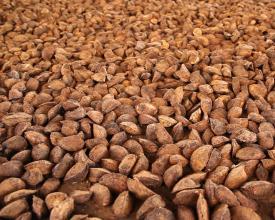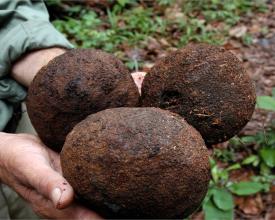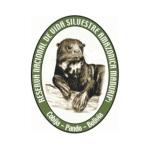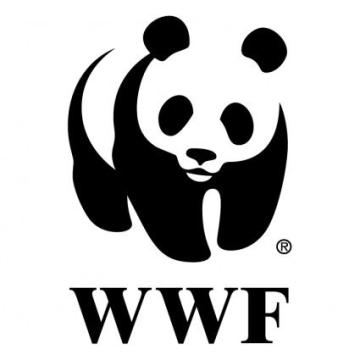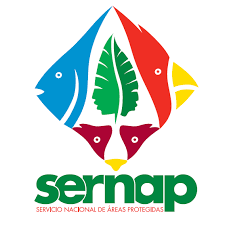
Sustainable forest management, 10 years of learning in Manuripi
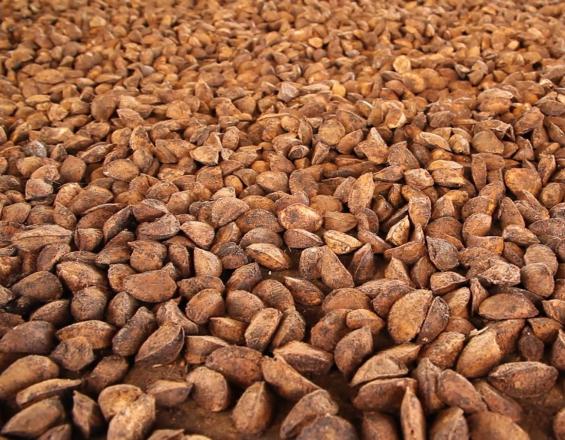
The Manuripi Reserve has been implementing a sustainable forest management model for more than a decade. This model promotes nature conservation, development, and the active participation of local communities that benefit from Brazil nut(Bertholletia excelsa) harvesting. The management of the protected area has strengthened the relationship between local stakeholders and managers. It is also solid because the production of Brazil nut and other non-timber products in the reserve promotes economic profitability for the local population in addition to promoting policies and strengthening the institution.
Sustainable forest management as a national strategy to implement is also echoed in the local communities, who through a strong local organization have benefits from the sale of Brazil nuts and bonuses for having a product with international certification that recognizes Brazil nuts as a product of wild origin.
Context
Challenges addressed
The production of Brazil nut(Bertholletia excelsa), maintains local forms of organization based on harvesting, so the organization remains economically and organically strengthened.
Regulatory and monitoring measures for Brazil nut collection must be strictly enforced and implemented so as not to generate a variation in the life cycle of this species.
Science plays a fundamental role in biodiversity management. Universities should participate and promote research processes in the reserve.
The change in the productive matrix from fruit and seed collection to mineral extraction rapidly degrades the natural and social context and has serious negative impacts on the consumption and eating habits of the local population.
The reserve needs to maintain multidisciplinary teams that promote an integrated vision in land management and allow for conflict resolution.
Location
Process
Summary of the process
The health of the population that is composed of indigenous peoples and local communities is a fundamental right of any human population, therefore, one of the most important factors to maintain this state of health at high levels is nature and the components that make it up.
In this sense, the implementation of an adequate management, based on the current conditions, is a priority. Integrated forest management is a mechanism that promotes this vision, since it interprets the forest as a set of diverse interrelated factors, which assumes that the greater the biological diversity and cultural conditions, the more interactions and relationships are built historically.
Therefore, promoting the fulfillment of clear policies based on serious and committed institutions is relevant to ensure that conservation is achieved with the greatest possible benefits.
Building Blocks
Integrated forest management
Integrated forest management as a local development strategy allows articulating different perceptions in a joint vision to achieve sustainable development. This is a State policy that has been implemented since 2009 and has established important advances such as the regulation of land use and availability.
To this end, the protected area plays a fundamental role in integrating actions from the local level that are then integrated into the national policy and possibly into the regional conservation vision.
Enabling factors
- Territorial management policies are carried out by each of the local actors, which establishes an organization of functions and activities at different scales.
- Communities comply with the mandate and potential land use and maintain a stable natural structure.
Lesson learned
Integrated forest management requires an approach that makes visible the multiple perspectives that the context demands. For this reason, it is important to have transdisciplinary teams to achieve a joint vision of development.
In addition, the active participation of institutions that invest resources, such as ACEAA and WWF, is required.
Clear territorial policies for conservation
These are tools that are implemented over the long term and promote action planning and in situ conservation, based on the principle of institutional mandate that provides decision-making autonomy to PA managers. Although this is not a completed process, strengthening the legal framework should be one of the measures to achieve PA integration into the region's development.
Enabling factors
- The planning tools implemented are mandatory and establish a framework for action that allows for their application, including adaptation when gaps are found.
- The regions and communities recognize the fundamental role of the reserve because of its natural and cultural characteristics and respect its objectives and scope.
Lesson learned
Clear policies, with defined legal frameworks, make it possible to achieve interinstitutional coordination and to plan actions at different time scales. investment in compliance and monitoring of the regulations is fundamental from a conservation perspective.
Strengthening the market based on forest products
The Manuripi National Amazon Wildlife Reserve builds its sustainability based on the management and harvesting of Amazonian fruits within the territory. The measures adopted within the different links of the value chain are very important to achieve benefits for the local population.
Enabling factors
- The valuation of forest products is maintained or improved to promote these activities and the country and region provide support to improve production.
- The prices of these products are stable or rising and promote a profit for the harvesters.
- The certification provided by the reserve motivates harvesting activities to continue with a vision of economic benefits, environmental sustainability and social responsibility, which demonstrates a triple impact project.
Lesson learned
Financial sustainability is a mitigator of social and environmental conflicts since many of the population requires support in establishing viable alternatives for local progress. Once the forest products have been identified and the productive chain has been analyzed, investments help to improve production and general satisfaction with the conservation of nature through sustainable use.
Interaction between conservation and population health
Nature conservation and its relationship with the quality of life and health of the local population.
Enabling factors
- Conservation and maintenance of functional environmental conditions are a priority to avoid emerging and zoonotic diseases.
- Preservation of local knowledge and appreciation by indigenous peoples of plants and animals for use in local medicine and culture.
- Management actions by protected areas to systematize and rescue local knowledge.
Lesson learned
The relationship between nature and health is becoming more and more critical, there are many empirical evidences that diseases that affect humans through the relationship with wild species can cause outbreaks and new pandemics. In this sense, the conservation and maintenance of stable natural conditions and functional food chains can reduce this risk.
The risk of degradation affecting vulnerable people in local communities is very high, so protected areas are playing a critical role in conservation.
Impacts
The Manuripi National Amazonian Wildlife Reserve's 10-year effort to sustainably use Brazil nuts(Bertholletia excelsa) is based on the following five priorities:
- The families that participate in the Brazil nut harvest achieve economic profitability because in a period of six months of work they generate four times the national minimum wage.
- Brazil nut certification generates a sales surplus of 22% over and above the national sales price, of which 20% goes to local producers and 2% goes to Manuripi Reserve's operating expenses.
- Communities comply with agreements to carry out effective management measures and regulate the harvesting of wild fruits in the Manuripi Reserve.
- Awareness-raising processes led by the Manuripi Reserve's administration are helping to maintain the reserve's environmental functions.
- Integrated forest management by the communities where fragile species and habitats are found. The communities comply with hunting and solid waste disposal regulations, as well as the recommendations for systematically collecting Brazil nuts, which helps the reserve implement conservation measures and actions.
Beneficiaries
More than 2,000 people, who collect Brazil nuts, live in communities and huts on the borders of the Manuripi Reserve in the department of Pando - Bolivia.
Sustainable Development Goals
Story
The RNVSA Manuripi is a national protected area in Bolivia managed by SERNAP. It is located in the Department of Pando between the Manuripi and Madre de Dios rivers bordering Peru. Created in 1973 and ratified in 2000, it covers an area of 747,000 hectares. The protected area is managed under the category of National Wildlife Reserve corresponding to category "IV" of the IUCN.
Conservation in Manuripi focuses on protecting, managing, and sustainably using the natural resources. It is located in the Amazon Rainforest biome and stands out for the presence of Brazil nut trees(Bertholletia excelsa) and other timber trees, also have a high abundance of palm trees with high commercial value as the Asaí (Euterpes precatoria) in addition to a diversity of animal species. According to research data, 112 species of fish, 83 species of amphibians, 77 species of reptiles, 489 species of birds, and 150 species of mammals have been collected. Understanding that this protected area is an area of high biological diversity, the objectives are to achieve a conservation process with a high level of participation of local communities.
To this end, instruments such as the management plan and zoning have been established that allow the protection corps to carry out control and monitoring in coordination with the Management Committee. Active participation is one of the characteristics of the protected area and provides direct benefits to the local communities.
This summary describes the benefits that local populations obtain from the management and handling of Brazil nuts, one of the star products of integrated forest management, particularly Brazil nuts, which are a wild nut with high nutritional and energetic value that is very important in the local economy. At present, Brazil nut production reaches a high value that is estimated to generate at least 15% of the country's Brazil nut export volume. In order to harvest Brazil nuts, most of the local population is organized to carry out the harvest every year. They go to the forest and harvest from the last week of November to the last weeks of April, and many of the local population feels very identified with the production of this non-timber product.

